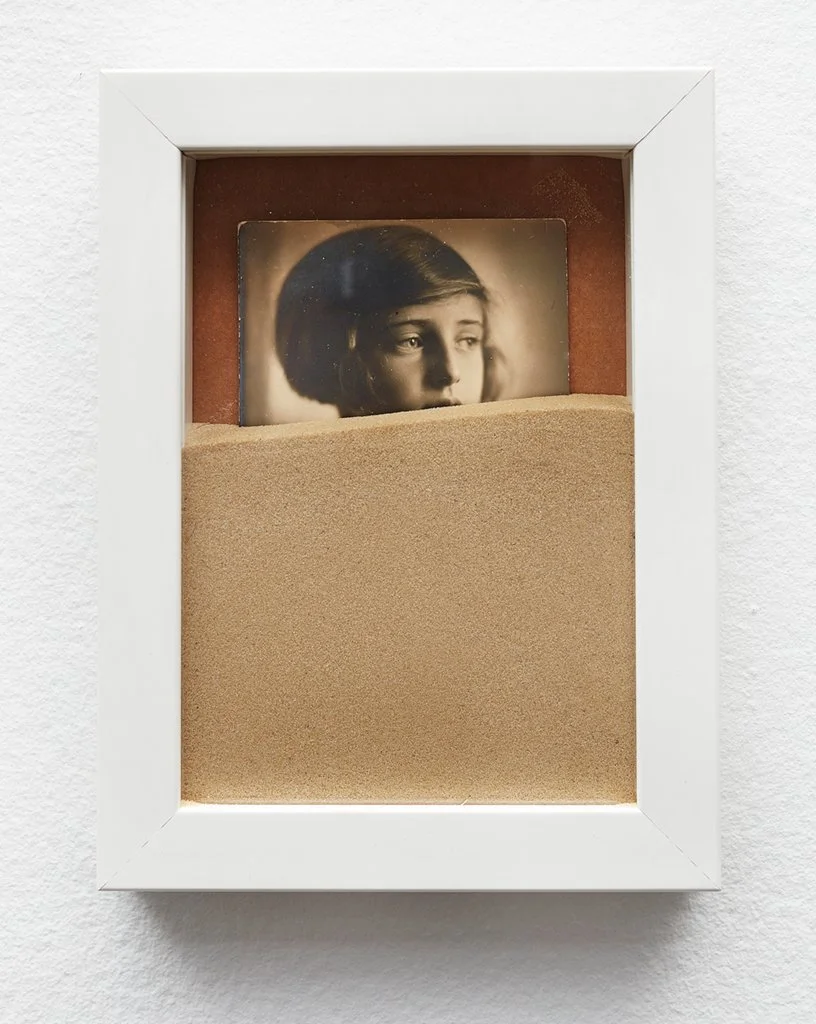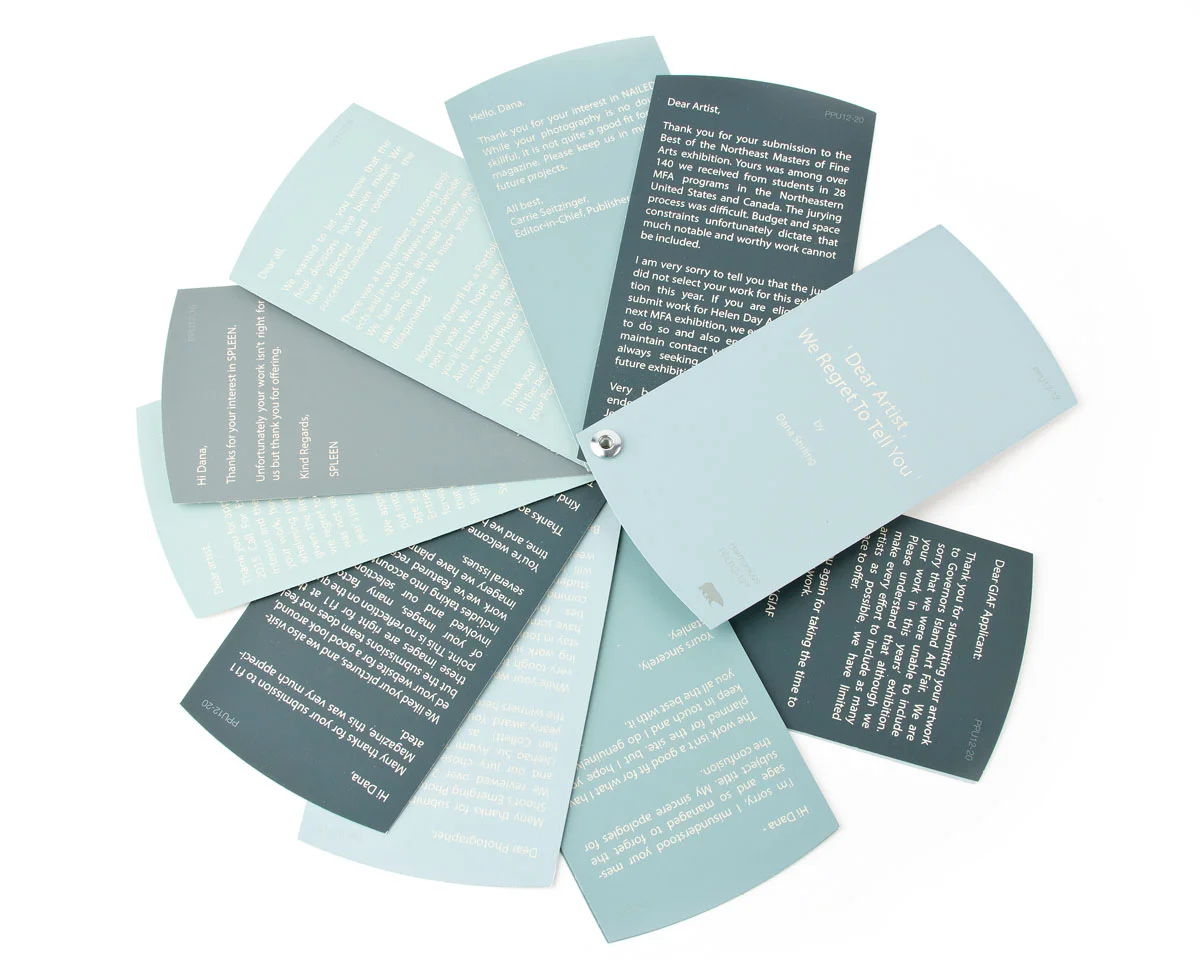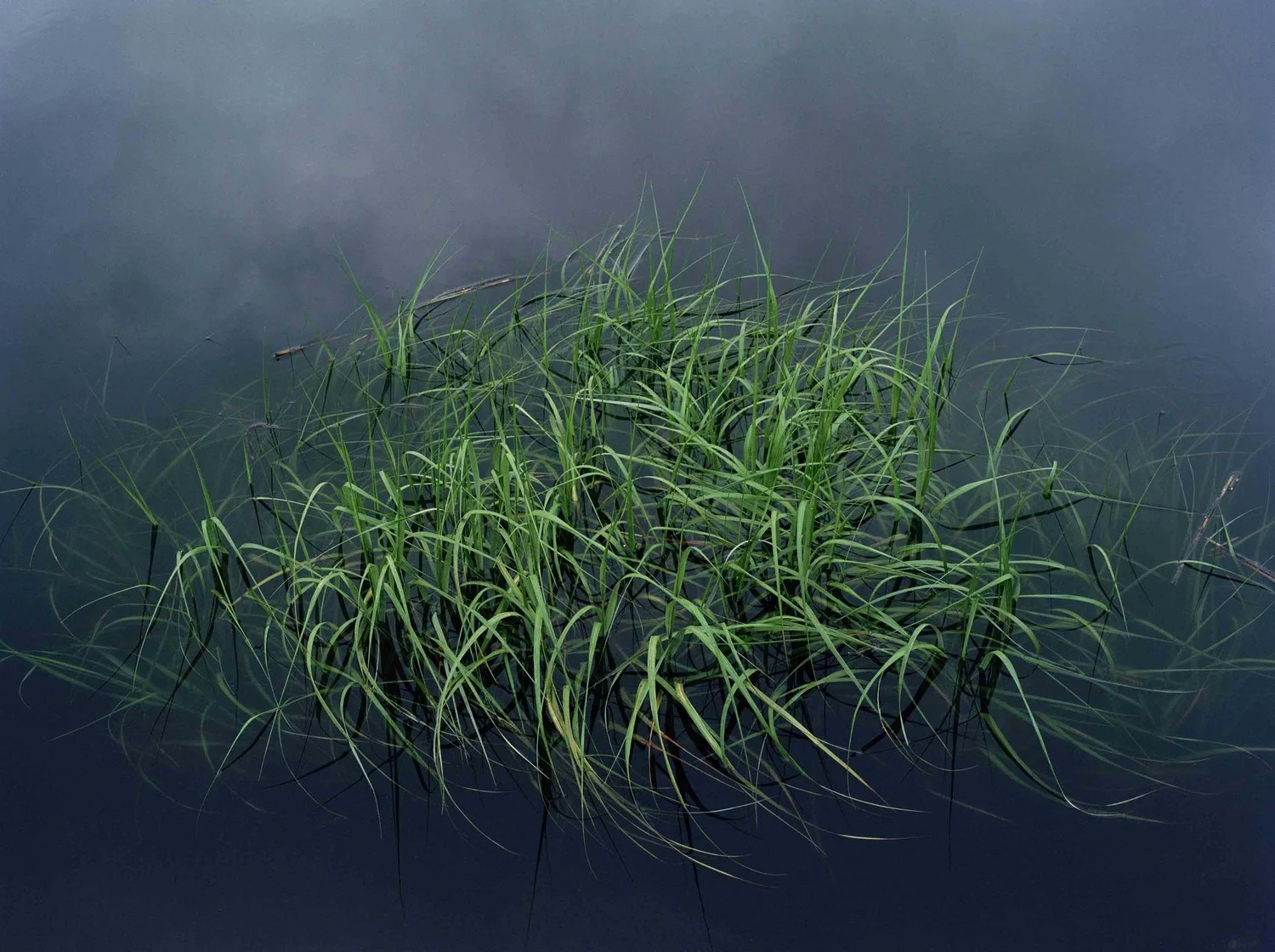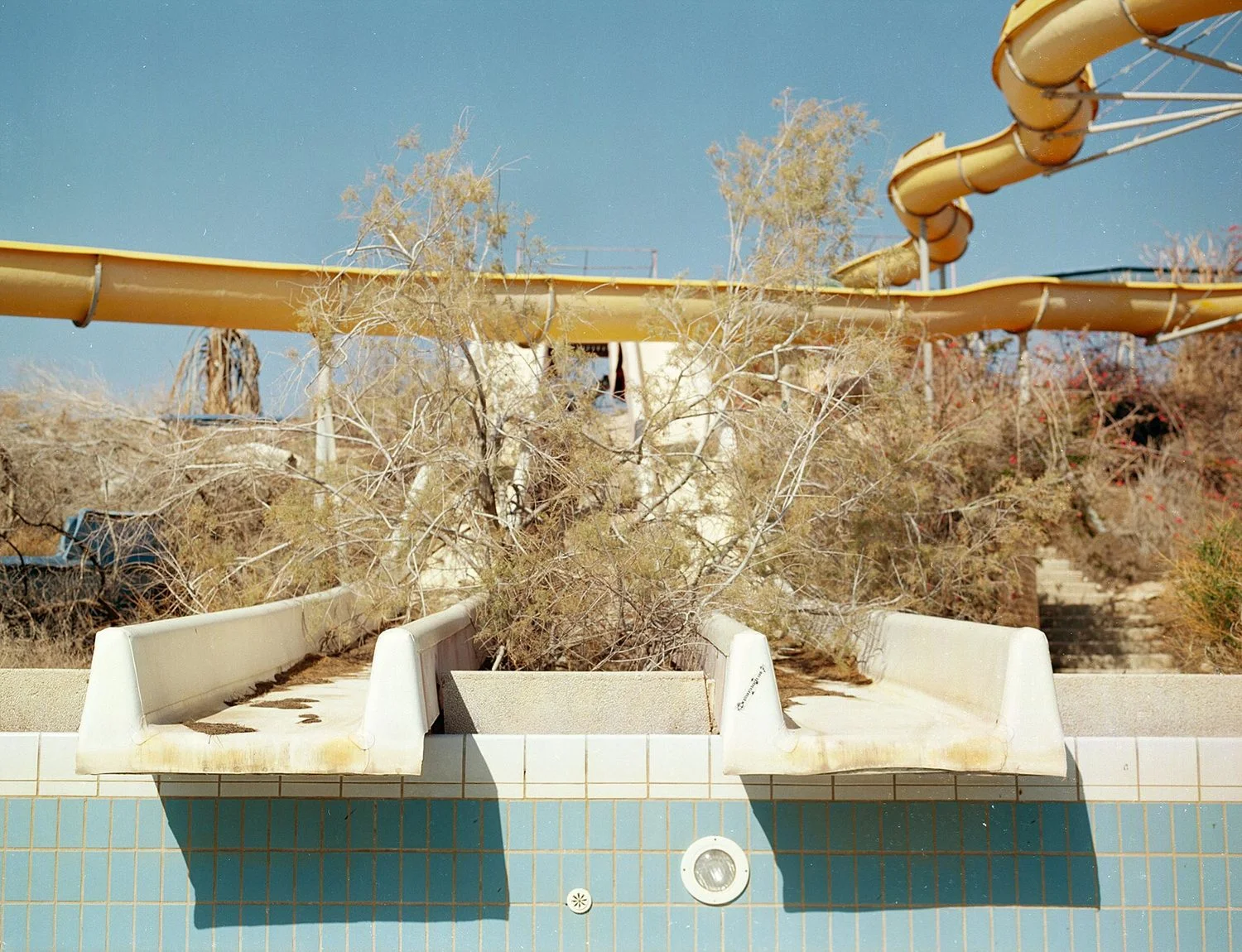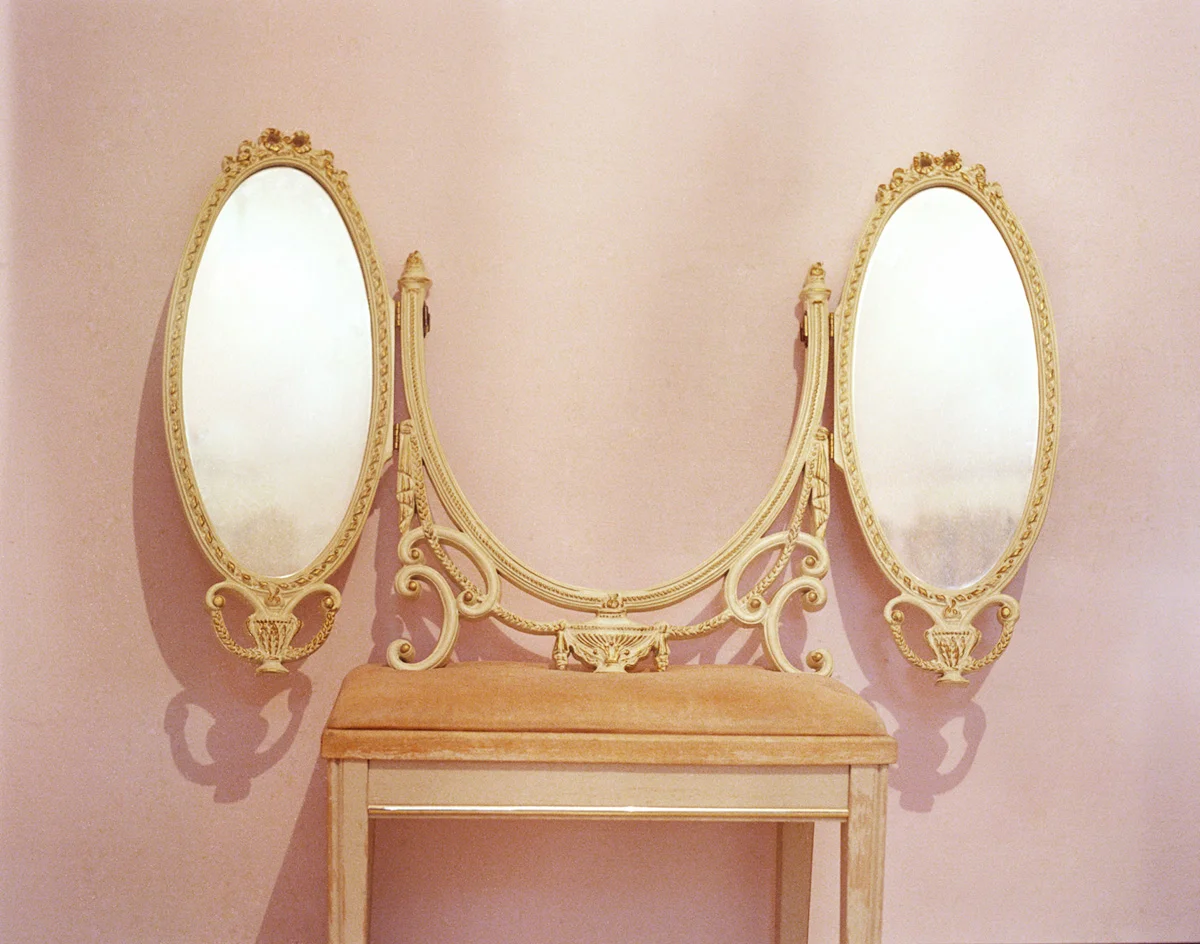Published by Kehrer Verlag | Dimensions: 20 × 24 cm| Hard Cover, Swiss Binding
A photobook by Dana Stirling exploring mental health and depression through still life photography. It’s estimated that almost 280 million people worldwide live with depression. Among this staggering number, this book unveils the personal narrative of just one of them—me. As a child of immigrants, I found myself living in a duality that often left me feeling like an outsider in both worlds. I was a cultural chameleon, navigating the ever-shifting boundaries of identity. Amidst the cacophony of conflicting cultures, there was a profound sense of isolation, a feeling of not quite belonging to either place. Photography emerged as my sanctuary, a medium through which I could articulate the unspoken turmoil within. However, even as my lens captured moments of beauty, the weight of sadness lingered, a constant companion hovering at the edge of every frame. Why Am I Sad is a personal exploration through the shadows of melancholy, unfolded in vivid still life photography that celebrates and challenges the notion of beauty and sadness. I extend an invitation to delve into this narrative—a narrative woven with threads of family legacy of mental health, cultural identity, and the relentless pursuit of self-understanding. Each photograph serves as a mirror reflecting the complexities of human emotion—a testament to the resilience of the human spirit. Behind each photograph lies a story, a silent echo of my mother's struggle with clinical depression—a battle fought in the shadows, unseen yet deeply felt. Her pain became intertwined with my own, shaping the contours of my journey through sadness. Through the lens of my camera, I invite you to join me on this introspective odyssey, where every image is a step closer to understanding the enigma of sadness.













